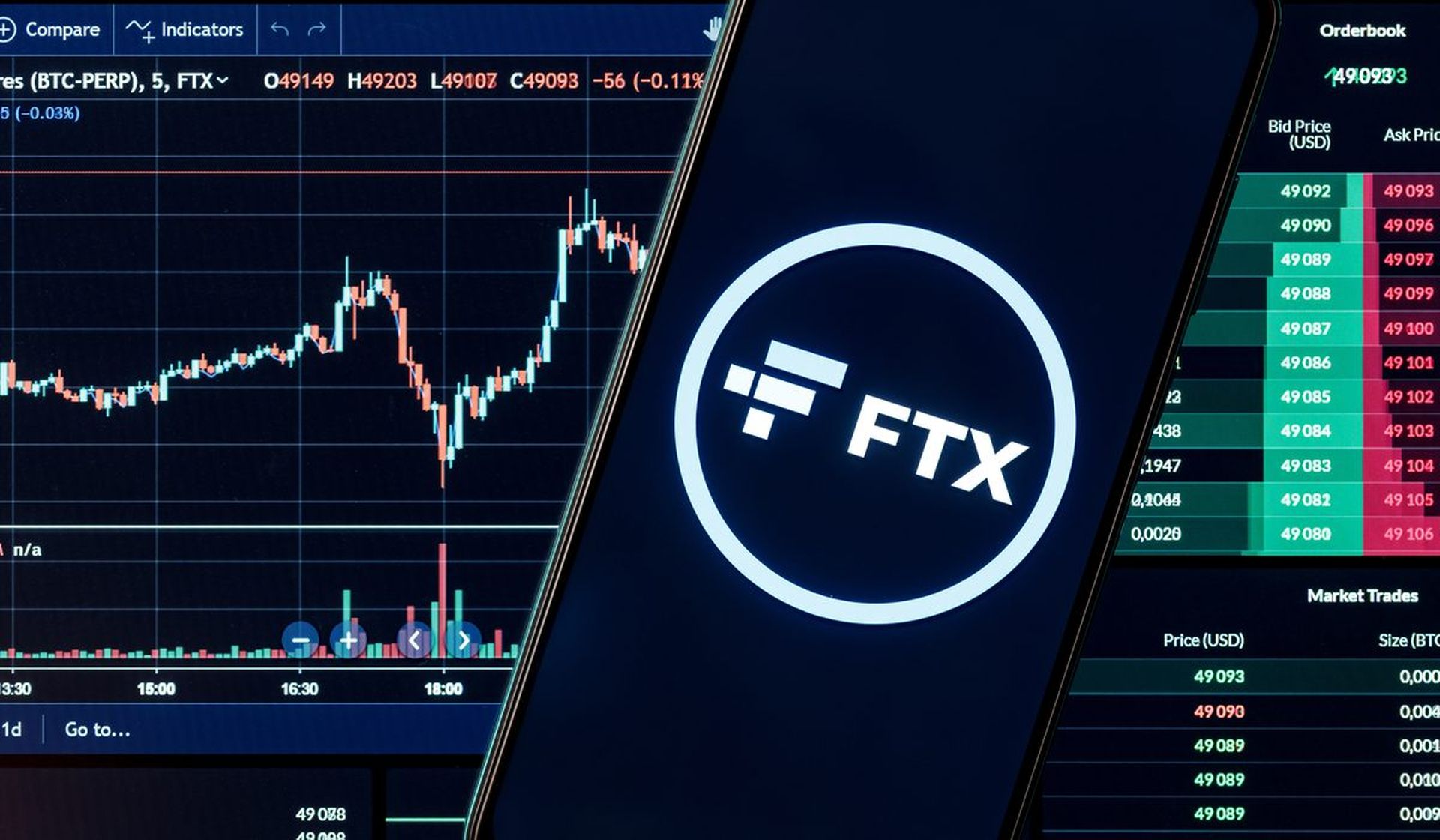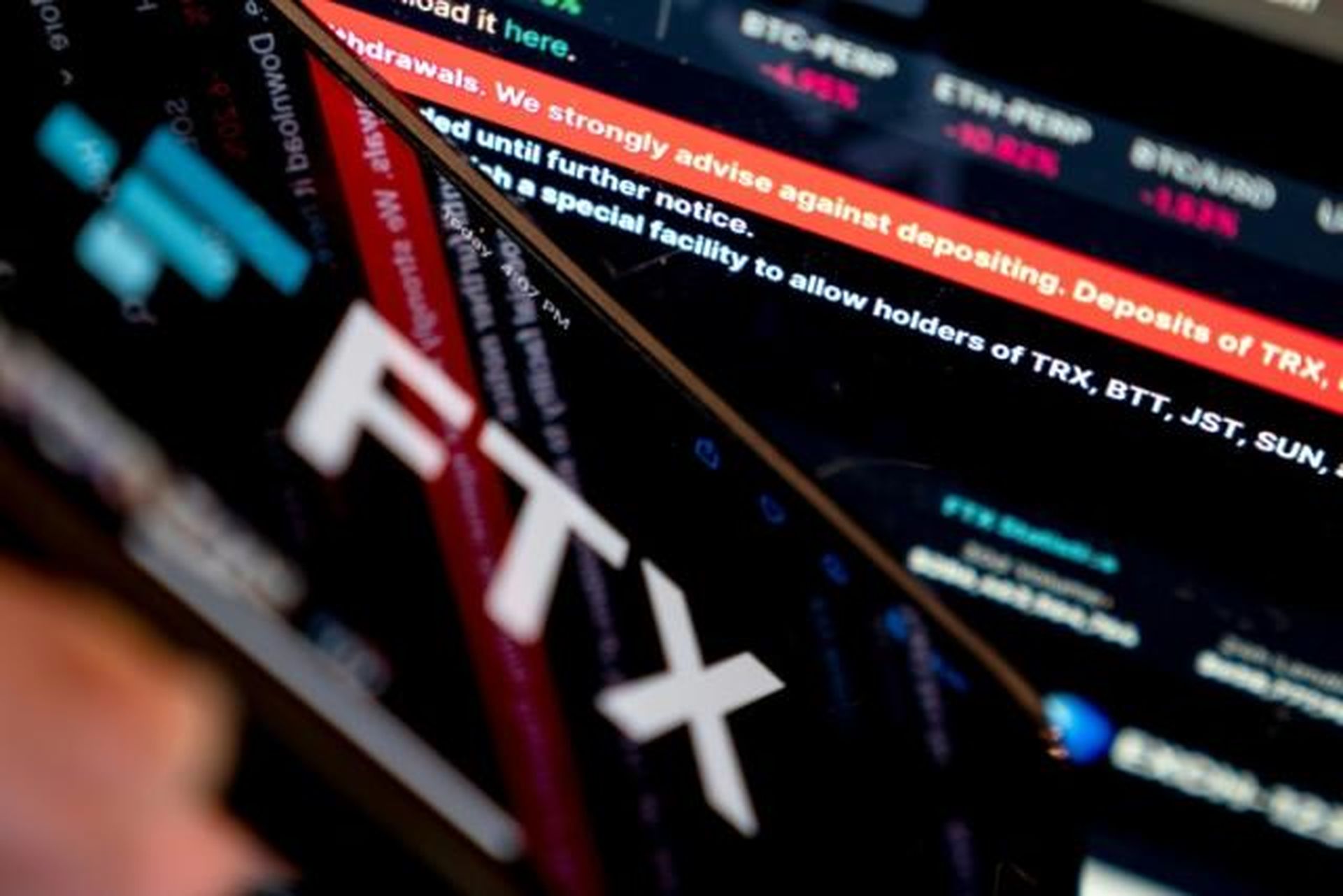The news about the FTX class action lawsuit, the scandal of the past few days, continues to come, and celebrities that promote FTX are in big trouble.
FTX creator Sam Bankman-Fried, as well as several celebrities who supported his exchange, such as NFL quarterback Tom Brady and comedian Larry David, were sued by U.S. cryptocurrency investors who claimed they used misleading tactics to market FTX yield-bearing digital currency accounts.
The FTX yield-bearing accounts, according to the proposed class action lawsuit filed on Tuesday night in Miami, were unregistered securities that were forcibly sold in the country.

As a result of reports that $10 billion in customer assets were transferred from FTX to Bankman-trading Fried’s firm Alameda Research, FTX filed for bankruptcy and is now under investigation by American authorities.
Sources have informed Reuters that at least $1 billion in client funds are gone. According to the lawsuit, U.S. investors allegedly suffered losses of $11 billion when the cryptocurrency exchange failed due to liquidity issues.
Current status in the FTX class action lawsuit
The lawsuit does not name John J. Ray III as a defendant, but he is the current CEO of FTX. He declined to comment on the accusations.
Edwin Garrison, an Oklahoma citizen who funded his FTX yield-bearing account with cryptocurrency to collect income, and others like him were the targets of the case.
Garrison claims that FTX was a “Ponzi scam” in which investor monies were transferred to affiliated firms to maintain the appearance of liquidity, even as it attracted American investors to its yield-bearing accounts.

FTX case and a February decision by the 11th U.S. Circuit Court of Appeals allowing BitConnect cryptocurrency investors to sue those who promoted the coin online were mentioned by Garrison in his lawsuit.
His lawsuit claims that Bankman-Fried and the FTX promoters conspired to deceive investors and broke Florida state laws that forbid unfair business practices and require the registration of securities.
“To be successful, they are going to need to establish a deceptive act or unfair practice and that it caused actual damages,” Masson said.
There are also many celebrity names in the FTX lawsuit
The U.S. and investors Celebrities have already been targeted by the Securities and Exchange Commission for falsely endorsing cryptocurrencies.
The list of names involved in the FTX class action lawsuit is long. They involve celebrity names such as Kevin O’Leary, the married couple Gisele Bundchen and Tom Brady, and basketball stars Shaquille O’Neal, Steph Curry, Udonis Haslem, and the Golden State Warriors, baseball players Shohei Ohtani, David Ortiztennis and Naomi Osaka from Japan are among them.

Reality TV star Kim Kardashian, one of the many celebrity names in the case, agreed to pay the SEC $1.26 million in February to resolve allegations that she did not disclose she was paid to promote EthereumMax tokens. She did not admit wrongdoing.
Private investors have also filed lawsuits against Kardashian and others for participating in the cryptocurrency promotion.
What is a class action lawsuit?
A civil case known as a “class action” is one that has at least one person or entity representing the entire group of people or business entities who have shared harm as a result of the defendant’s actions. Although the disputes in a class action can differ, they are shared by all class members.
Class actions may be filed in a federal or state court. The appropriate court to hear the case is the federal court if it involves federal statutes.

Class-action lawsuits may be filed about a wide range of situations and problems. Class actions frequently fit into one of the following groups:
- Securities
- Consumer
- Employment
- Product liability or personal injury
A class-action lawsuit is typically initiated by filing a complaint that identifies at least one class representative, who then brings the action on behalf of the whole proposed class. A right to reply to the action will be granted to the defendant(s).
The class representative will submit a motion for the court to certify or approve the proposed class after the complaint is filed.
Most of the time, once a lawsuit is designated as a class action, notice must be distributed to all parties who might be regarded as class members. Although everyone who was harmed typically has the option to withdraw from the case, membership in the class is typically automatic.
The lead plaintiff will continue with his or her claim against the defendant after the class has been certified and the notice period has ended. Unless a settlement is made, the case will then move forward to a judge or jury.

When a settlement is reached, damaged parties are typically informed that they have the option to reject it by giving adequate and timely notice.
Typically, the lead plaintiff is paid first, the law firm representing the plaintiff is given a portion of the settlement, and then the class members are compensated. The presiding judge must approve all settlements.
As new information about the FTX case comes in, we will continue to pass it on to you. If you are curious about the changes in the crypto wing of FTX, you should check out How did FTX collapse: What happened to FTX crypto?





